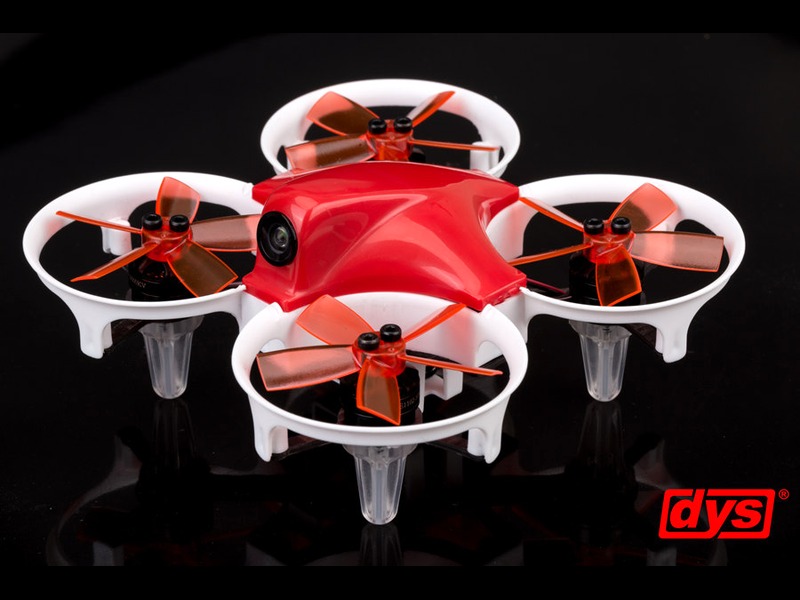How do you calibrate a FPV drone?

Calibrating a FPV drone is a critical step in ensuring that it performs at its best. It is important to understand the basics of drone calibration and how to properly calibrate a drone for optimal performance.
The first step in calibrating a FPV drone is to make sure that all of the components are correctly installed and functioning properly. This includes the motors, propellers, flight controller, receiver, and any other components that are necessary for the drone to fly. Once all of the components are installed and functioning correctly, it is time to begin the calibration process.
The first step in the calibration process is to ensure that the drone is level. This can be done by using a leveler or by using the drone’s built-in leveler. Once the drone is level, the next step is to calibrate the accelerometer. This is done by placing the drone on a flat surface and then using the drone’s transmitter to send a signal to the drone’s accelerometer. The accelerometer will then adjust its readings to ensure that the drone is level and that the drone’s flight path is stable.
The next step in the calibration process is to calibrate the gyroscope. This is done by placing the drone on a flat surface and then using the drone’s transmitter to send a signal to the drone’s gyroscope. The gyroscope will then adjust its readings to ensure that the drone is stable and that the drone’s flight path is stable.
The final step in the calibration process is to calibrate the compass. This is done by placing the drone on a flat surface and then using the drone’s transmitter to send a signal to the drone’s compass. The compass will then adjust its readings to ensure that the drone is oriented in the correct direction.
Once all of the components are calibrated, it is important to test the drone’s performance in the air. This can be done by flying the drone in a controlled environment and then checking the drone’s performance. If any issues are noticed, the calibration process should be repeated until the drone’s performance is satisfactory.
In conclusion, calibrating a FPV drone is a critical step in ensuring that it performs at its best. It is important to understand the basics of drone calibration and how to properly calibrate a drone for optimal performance. By following the steps outlined above, it is possible to ensure that the drone is properly calibrated and that it is performing at its best.
Comments / Question
1. Make sure the drone is in a safe and open area, away from people and other objects.
2. Ensure the battery is fully charged and properly installed.
3. Follow all manufacturer instructions and safety guidelines.
4. Do not calibrate the drone near power lines or other hazardous areas.
5. Do not attempt to calibrate the drone if you are unfamiliar with the process.
6. Use the correct tools and equipment for the calibration process.
7. Be aware of your surroundings and the potential for the drone to fly away.
2. Connect the calibration instrument to the computer and follow the manufacturer’s instructions for installing and configuring the software.
3. Select the type of calibration and the range that the instrument is to be tested against.
4. Place the reference item in the calibration instrument’s fixture and secure it in place.
5. Enter the calibration settings into the software and run the calibration.
6. Compare the results of the calibration to the reference item’s specifications to ensure accuracy.
7. Adjust the settings as needed and retest until all of the results meet the specifications.
8. Record the calibration results in a log book or file for future reference.

